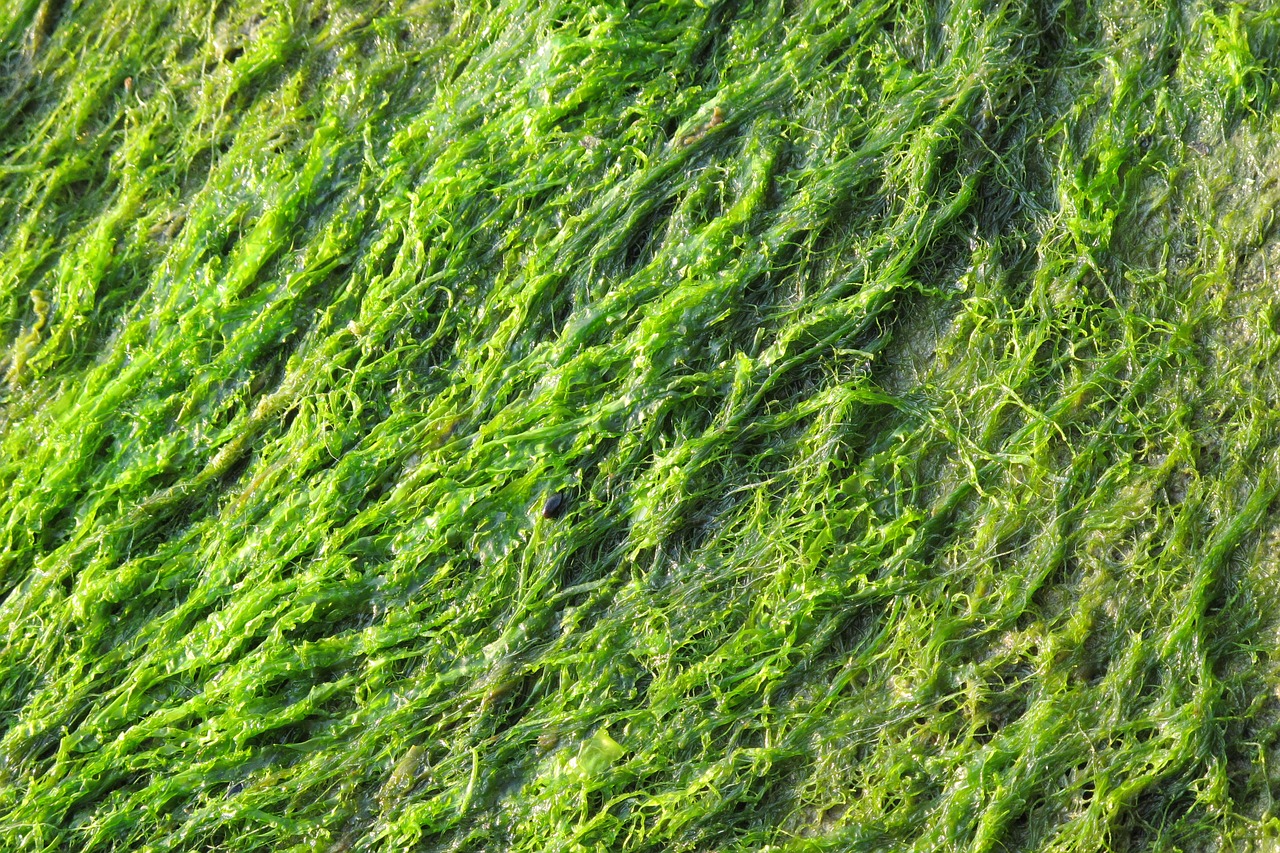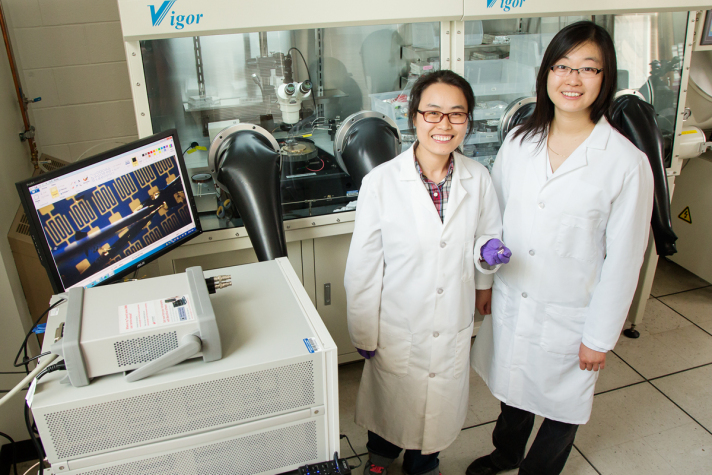
New Graphene Supercapacitor Will Boost Energy in Defence Applications
- News
- 1.9K
Efforts are being made to look for economical and more effective options for storing electrical energy. Indian researchers are now developing a cost-effective Graphene-based supercapacitor that can be used to provide energy to various applications, including state-of-the-art defense applications, mobile devices, and smart vehicles.
Super-capacitors, also known as ultra-capacitors are electrochemical devices used for the storage of electrical energy, whose popularity is growing rapidly. The activated carbon is an expensive material commonly used to produce such ultra-capacitors. Newly developed graphene oxide found to be a cost alternative material for producing ultra-capacitors, which has reduced its weight as well as its cost by ten times, say researchers.
The cost of activated carbon used in other super-capacitors available in the market is up to Rs 1 lakh per kg. Scientists at the Central Mechanical Engineering Research Institute (CMERI), Durgapur, have developed a new technique for making graphene oxide, which is now being used to produce new ultra-capacitors.
“Scientists have developed a technique for producing graphene oxide at CMERI. The production cost of one kilogram of graphene oxide using this technique comes to around ten thousand rupees, which is much lesser than the cost of activated carbon used in supercapacitors. We have modified the surface of graphene oxide in our research, due to which it has also succeeded in reducing its weight. We have now reached the advanced stage of making ultra-capacitors by using this graphene oxide which can be useful in various sectors”, said Dr. Naresh Chandra Murmu, a scientist at CMERI.
Former Defense Research and Development Organization (DRDO) official M.H. Rahman said that “such devices not only cater civilian applications but can be applied in strategic and defense applications as well.” Mr. Rahaman also explained that the Graphene-based Ultra-capacitor which is at the advanced stage of development at CSIR-CMERI has the potential to solve the energy and power requirement in various sectors. He was speaking during an event held recently at CMERI. (ISW)
If you liked this article, then please subscribe to our YouTube Channel for the latest Science & Tech news. You can also find us on Twitter & Facebook.


